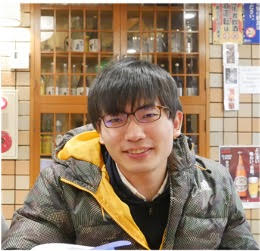Abstract: Star formation rates are usually estimated from total IR luminosity, assuming young massive stars predominantly heat the dust. ALMA observations for quasar host galaxy BRI 1335-0417 at redshift z = 4.4 reveals a more complex picture. The dust temperature map, derived by fitting two continuum images at rest-frame 90μm and 161μm at each pixel with a single greybody, shows a steep increase towards the centre, reaching ~57.1 K. The image decomposition analysis reveals a point source in both dust continuum images at the same position as the highest temperature peak and the optical quasar. We attribute the point source component to the warm dust heated by AGN. By SED analysis combined with the spatial information, we find that a model including this warm component heated by AGN along with cooler dust heated by star formation better describes the global SED (including other ancillary photometric data points) over a single component resulting in dust temperatures of ~90 K (warm component) and ~50 K (cold component). The star formation rate estimated from the cold dust component is 1700±500 Msun/yr — a factor of three less than the previously estimated value of 5040 ± 1300 Msun/yr due to the high AGN fraction in the FIR luminosity (~53%). We discuss the implications of assuming a constant temperature distribution on current measurements driving early galaxy formation theory.

